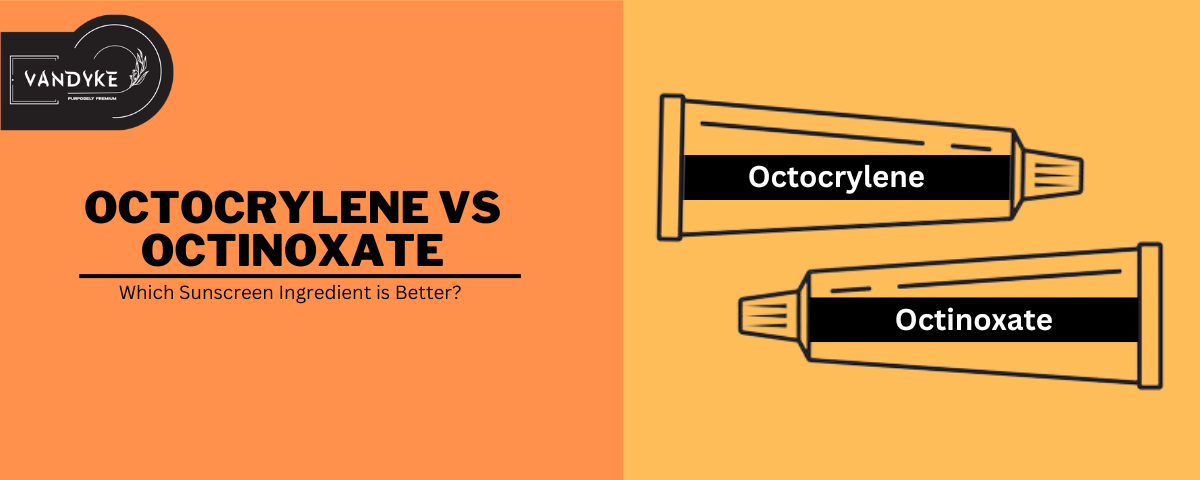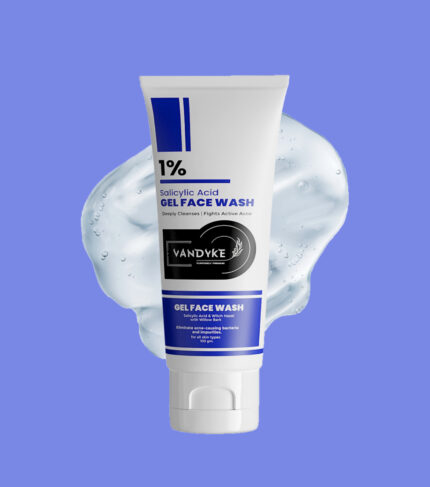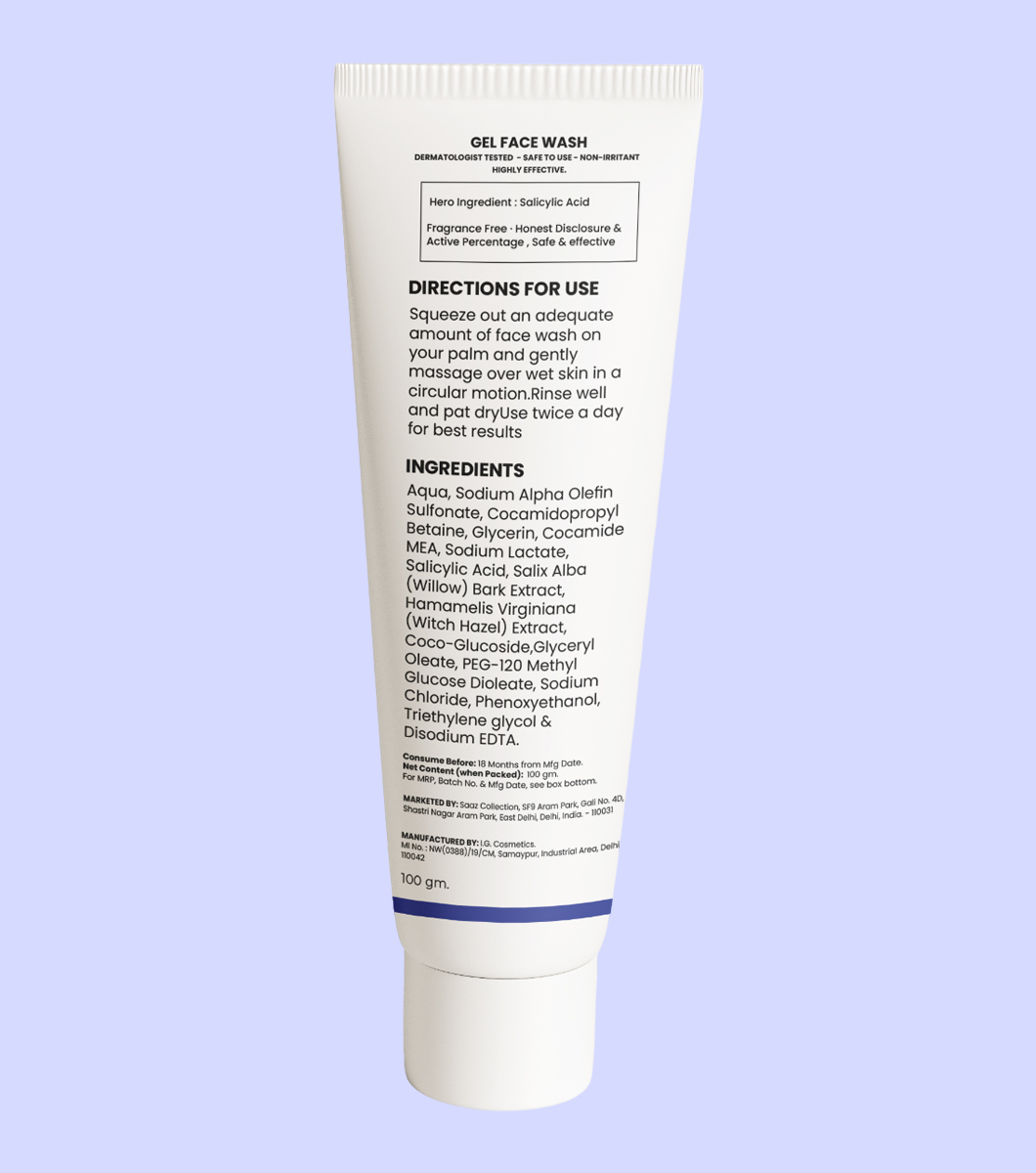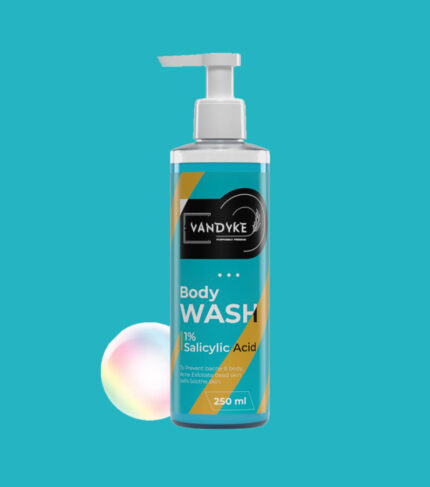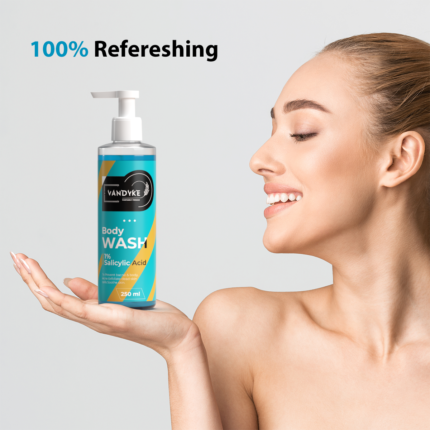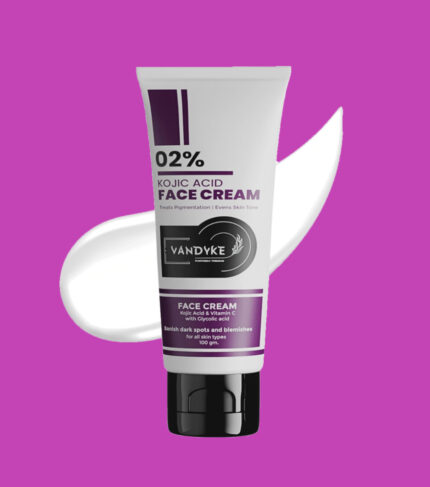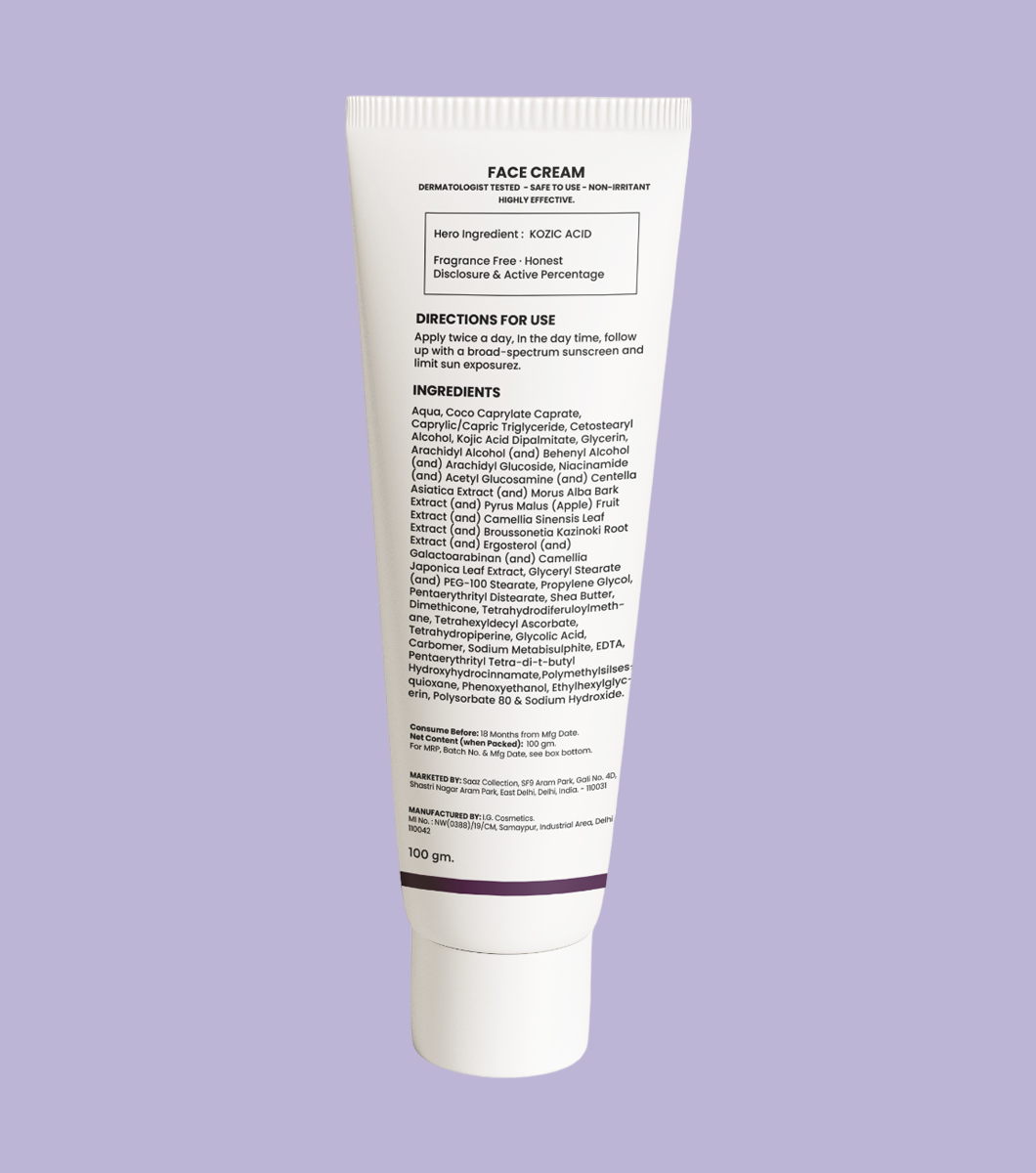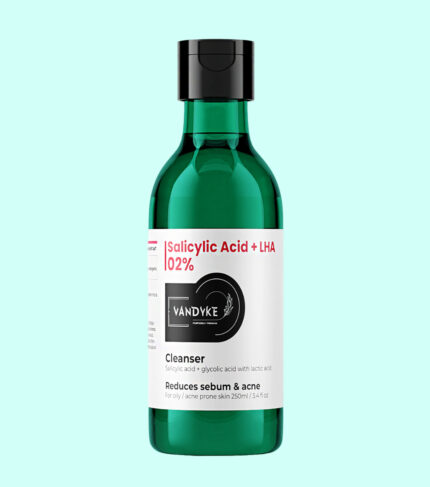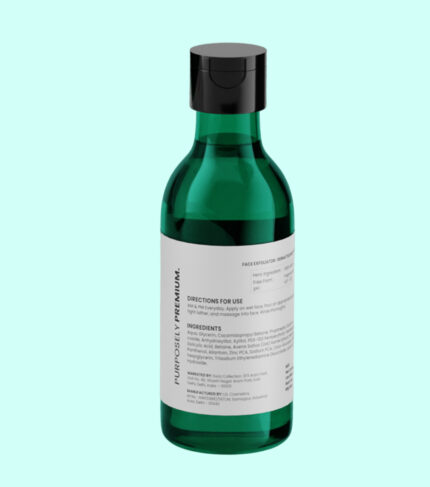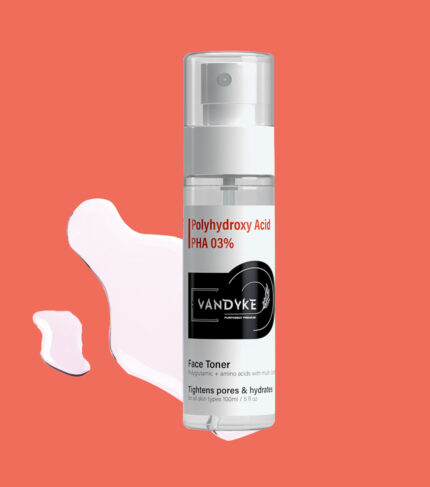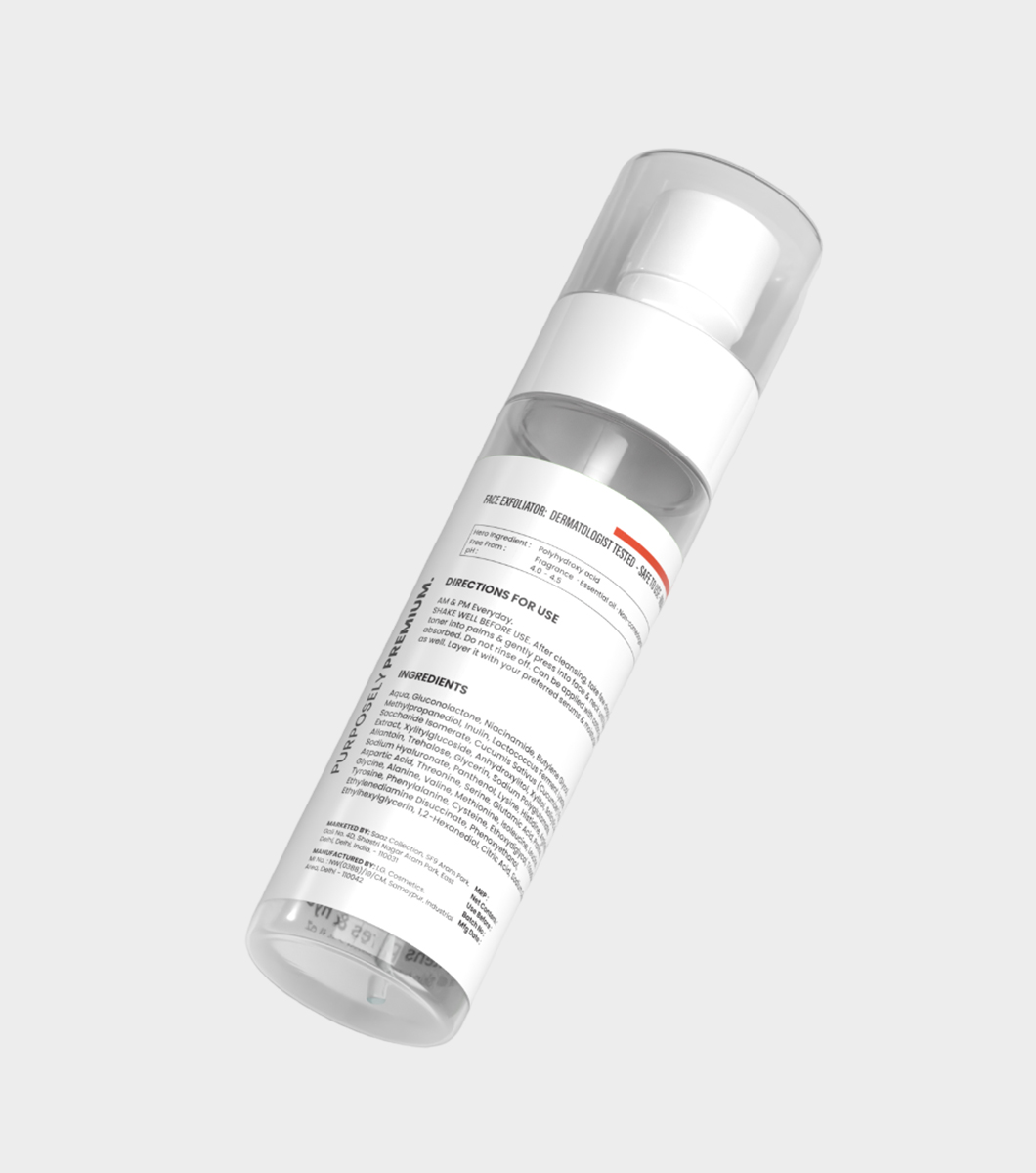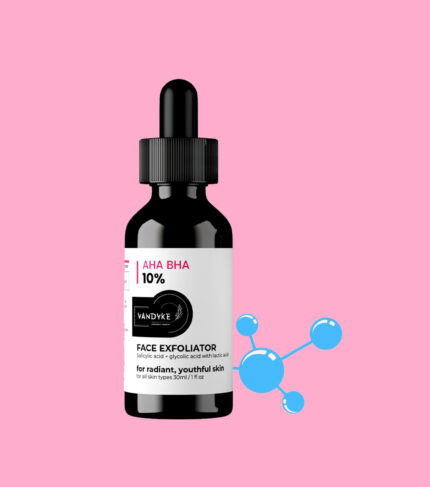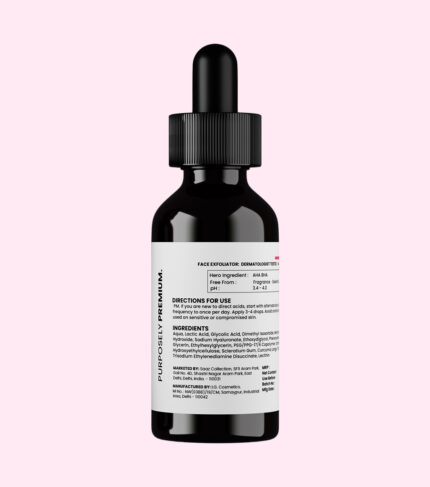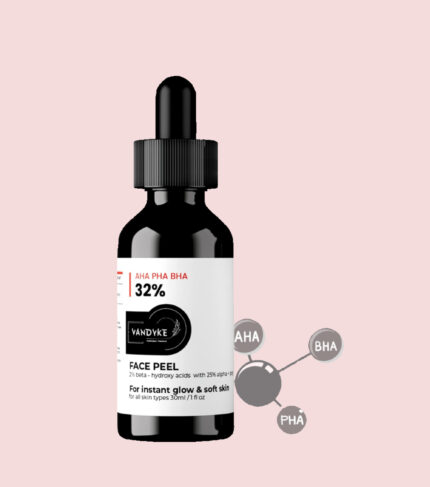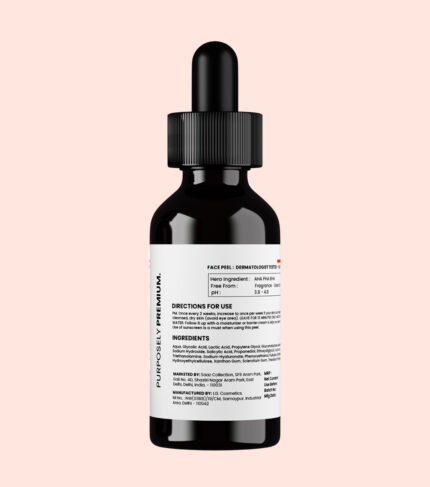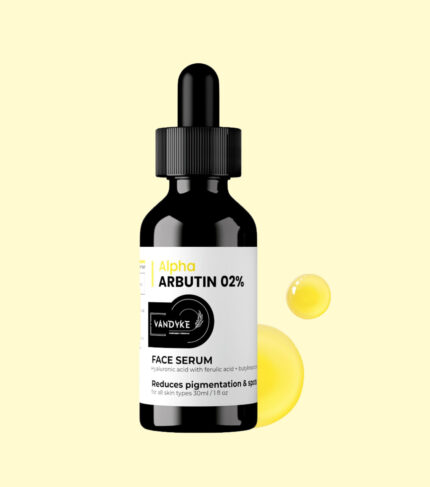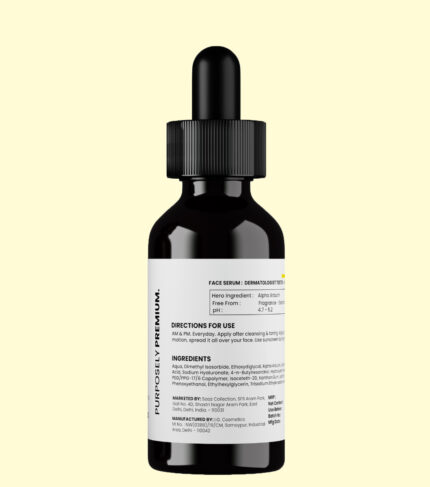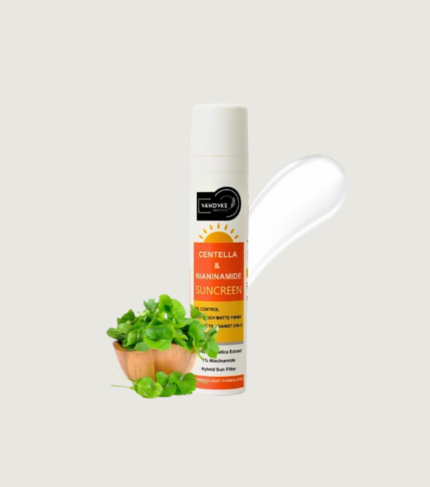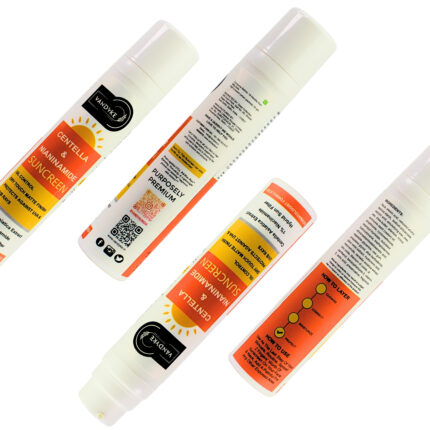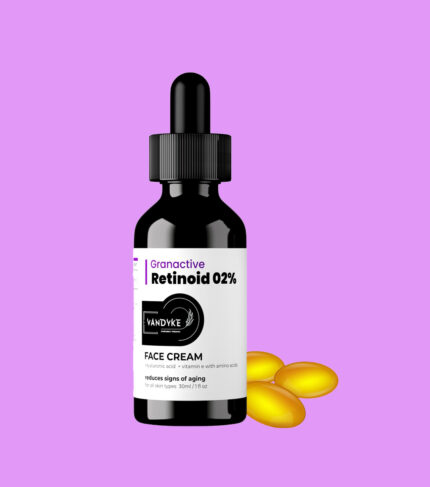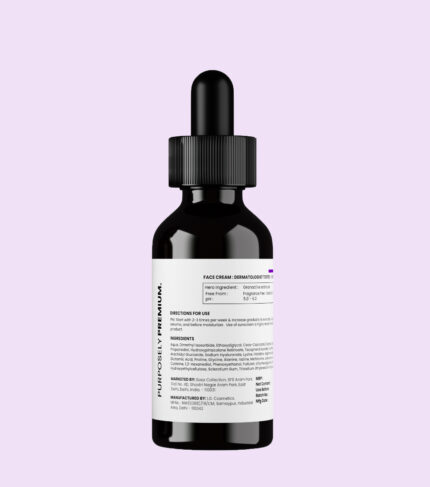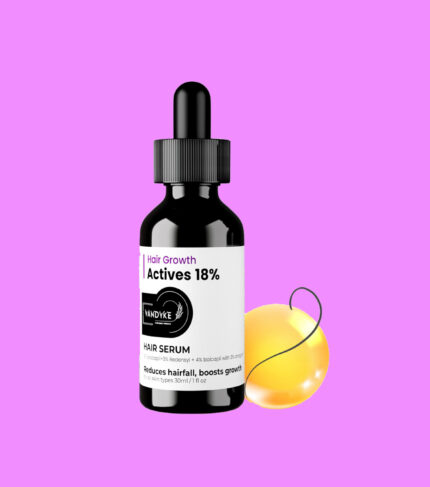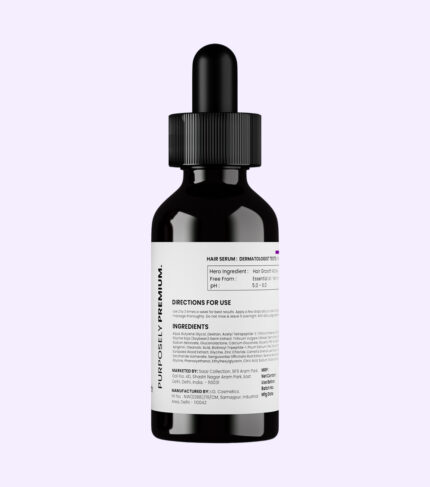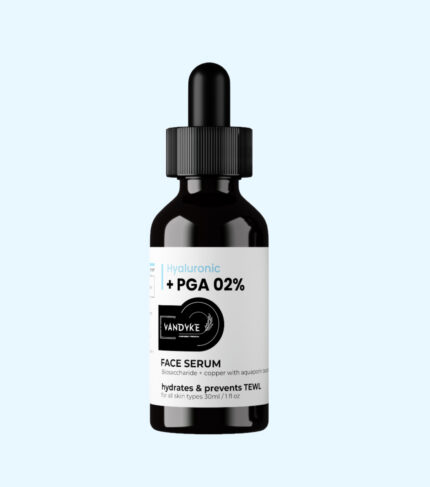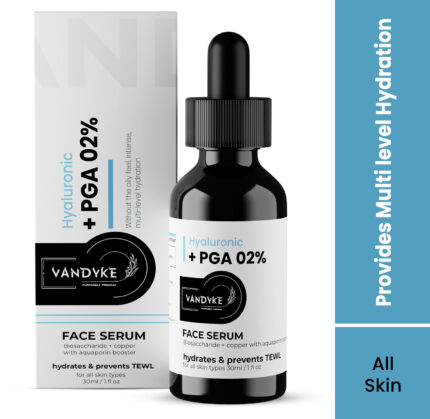Octocrylene vs Octinoxate Which Sunscreen Ingredient is Better?
Sunscreen is your greatest friend when it comes to shielding your skin from the sun’s damaging UV rays. However, have you ever given any thought to the components of your sunscreen? Octocrylene and Octinoxate are two popular components in sunscreens that are frequently found in various sunscreens. Vandyke will examine the distinctions between these two components in this tutorial and assist you in selecting the one that may be more appropriate for your sun protection requirements.
Let’s take a closer look at these sunscreen chemicals before we do a comparison.
What is Octocrylene?
A typical chemical UV absorber in sunscreens is octocrylene. Its main job is to absorb and disperse UV radiation, especially UVB rays, which are the main culprits behind sunburns. This makes it a crucial component in shielding the skin from the sun’s damaging rays. The ability of octocrylene to offer broad-spectrum protection in combination with other sunscreen components is well-known. Furthermore, it stabilizes sunscreen compositions, assisting in preventing other UV filters from degrading in sunshine. Because of its comparatively benign nature and capacity to improve photostability, octocrylene has gained significant value as an ingredient in several sunscreen formulations.
- UV Absorber
One chemical UV absorber is octocrylene. It is intended to absorb and disperse UV rays, shielding your skin from the damaging effects of the sun.
- Broad-Spectrum Protection
The main defense against UVB rays, which cause sunburn, is offered by octocrylene. For broad-spectrum protection, it is frequently combined with other chemicals in sunscreens.
- Stability
Octocrylene is an important component in many sunscreen formulas because it stabilizes other UV filters.
What is Octinoxate?
Another frequent component in sunscreens is octinoxate, which has the effect of chemically blocking UVB rays. Its primary function is to absorb UVB rays, which cause sunburn. Octinoxate is a well-liked option for daily sunscreen usage due to its lightweight nature and simplicity of application. Similar to octocrylene, it mostly blocks UVB rays and is frequently combined with other substances to make broad-spectrum sunscreens. Although Octinoxate is typically safe to use, minor discomfort may occur in certain people with sensitive skin. It’s crucial to remember, though, that because octocrylene and octinoxate have been found in water sources and may be hazardous to marine life, concerns have been raised about how they may affect the environment.
- UVB Blocker
Another chemical UVB blocker is octinoxate. Sunburn is caused by UVB radiation, which is absorbed by it.
- Ease of Application
Octinoxate is renowned for being lightweight and easy to apply. It is a well-liked option for everyday sunscreen application since it absorbs nicely into the skin.
Comparing Octocrylene and Octinoxate
Let’s now compare these two sunscreen components to see how they compare.
Protection Spectrum
- Octocrylene
Its main function is to protect your skin from UVB radiation, which are the source of sunburn. Although it’s an important part of broad-spectrum protection, for complete coverage it might need to be combined with additional substances.
- Octinoxate
It is another piece in the UVB protection jigsaw, particularly effective against UVB radiation, just like Octocrylene. It frequently mixes with other components to provide broad-spectrum defense.
Photostability
- Octocrylene
It is well known that this component can improve other sunscreen filters’ photostability. It may lessen the likelihood that these filters may degrade in the presence of sunshine.
- Octinoxate
Although Octinoxate offers UVB protection, compared to Octocrylene, it is reported to be less photostable. This implies that exposure to sunshine may cause it to deteriorate more quickly.
Skin Sensitivity
- Octocrylene
It is appropriate for those with sensitive skin because it tends to be kinder to the skin.
- Octinoxate
Although Octinoxate is generally thought to be safe, some people with sensitive skin may have moderate discomfort.
Environmental Impact
- Octocrylene
Because octocrylene has been detected in water sources and has the potential to affect marine life, there have been worries over its effects on the environment. For this reason, several sunscreen producers are discontinuing it.
- Octinoxate
Similar to octocrylene, octinoxate can have negative environmental effects and is prohibited in some areas for usage in sunscreens.
Octocrylene vs Octinoxate Which Sunscreen Ingredient is safer?
Research and discussion on the safety of octocrylene and octinoxate in sunscreen products are continuing. Regulatory organizations such as the European Commission and the Food and Drug Administration (FDA) in the United States have authorized both components for use in sunscreens. However, there are limitations on their usage in some areas because of worries about their possible environmental effect, particularly when they wash off into oceans and other bodies of water.
When it comes to skin safety, octocrylene is usually seen to be kinder and more suited for those with sensitive skin than octinoxate, which occasionally could cause minor irritation.The decision over whether sunscreen is safest ultimately comes down to personal skin sensitivity and environmental factors. It’s critical to remain up to date on sunscreen chemicals, be aware of new studies, and consider alternatives to sunscreen, such products that have physical blockers like titanium dioxide or zinc oxide, which are shown to be effective and less harmful to the environment. A dermatologist’s advice can be very helpful in determining which sunscreen is the safest for your particular requirements.
Choosing the Right Sunscreen
Ultimately, your skin type, the sunscreen’s composition, and your environmental concerns may influence your decision between Octocrylene and Octinoxate. Octocrylene could be the better choice for people with sensitive skin. To make sure you’re protected against UVB and UVA rays, many sunscreens mix these components with others, but it’s crucial to keep in mind that broad-spectrum protection is essential.
Physical blockers like zinc oxide and titanium dioxide, which provide broad-spectrum protection and are less damaging to the environment, have become more and more popular in recent years. Whatever your preference, the most important part of sun protection is applying sunscreen liberally and consistently, reapplying as necessary, and engaging in other sun-safe behaviors like looking for shade and dressing in protective gear.
If you are looking for sunscreen containing Octocrylene. Then you can choose vandyke SPF 50 sunscreen for your skin. 50 spf face sunscreen will be the best sunblock for melasma. This sunscreen with 50 spf is enough for your daily skin protection.
Conclusion
The world of sunscreen chemicals is changing as research progresses, and fresh, creative solutions are appearing. Always read the label carefully, and see a dermatologist if you have any particular skin disorders or concerns that need further attention.
Given that your skin is the greatest organ in your body, it is imperative that you take great care to shield it from the sun’s damaging rays. Although it’s only one component of the sun protection jigsaw, the decision between Octocrylene and Octinoxate is a crucial one. Make an informed decision and enjoy the sun in safety!
Choose vandyke skin care tips and vandyke skin care products because we make our products;
“Purposely Premium”

